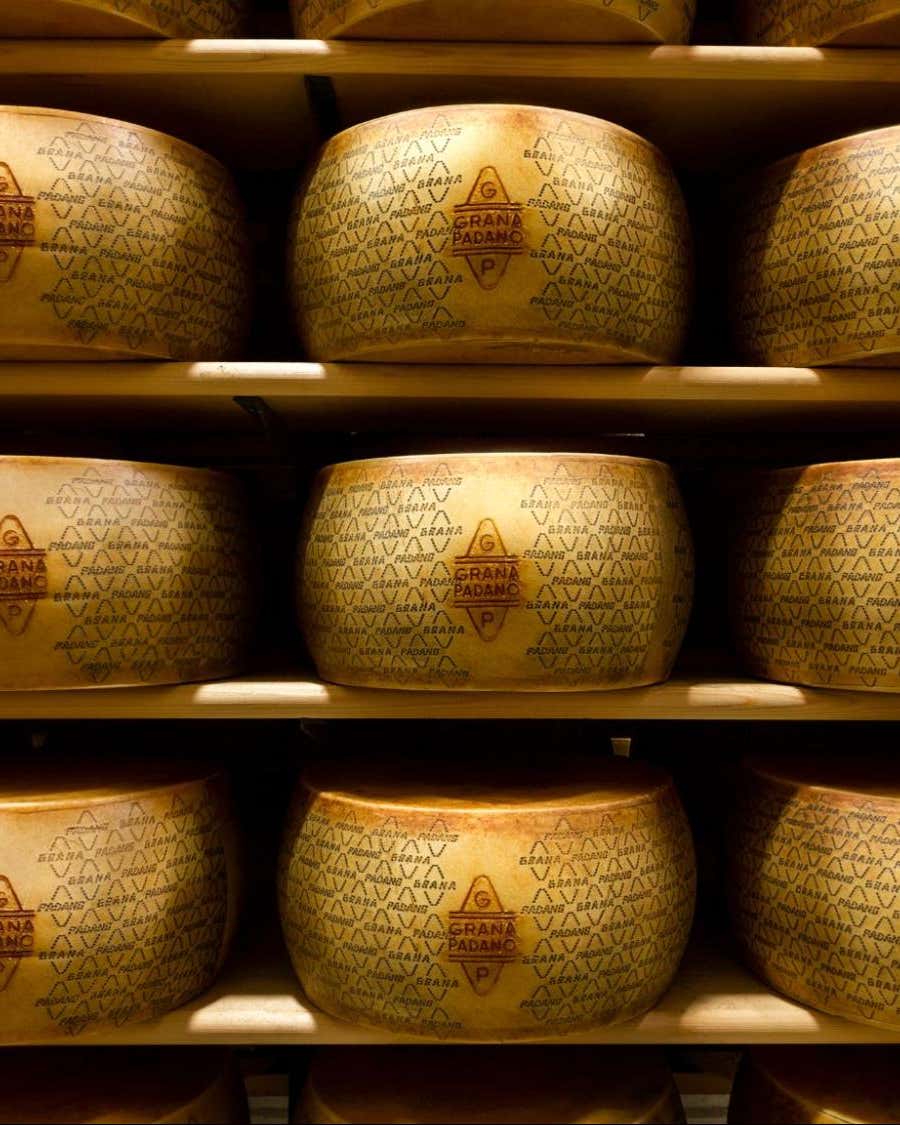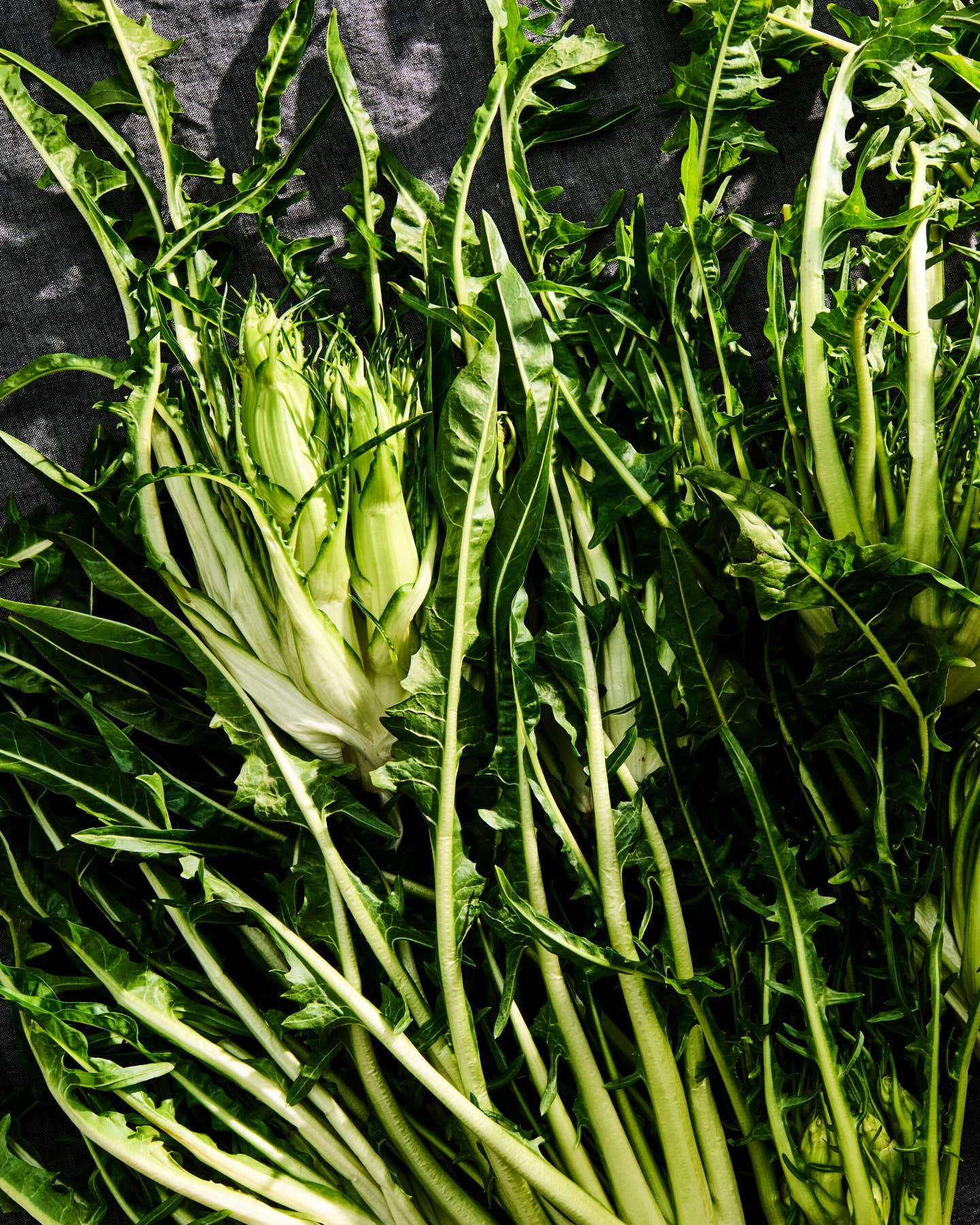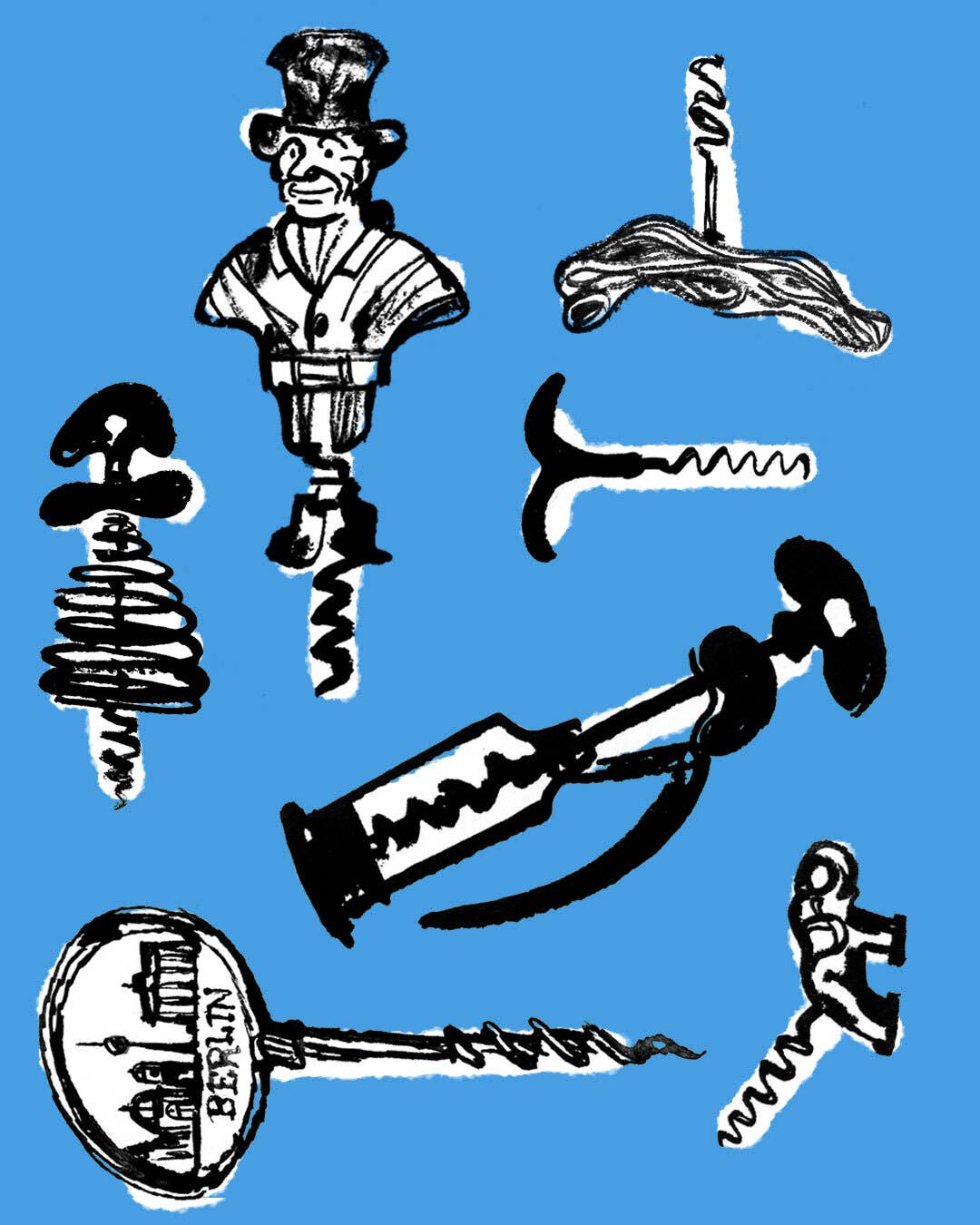
Everyone Loves Elsie
My mom grew up on a dairy farm in upstate New York but settled in St. Louis, a city with little room for cows. Still, she found space for one small heifer: Elsie, the Borden Dairy mascot. When I was a kid, our dining room housed an Elsie shrine: vintage signs, toy milk trucks, and salt and pepper shakers, all of them bearing the image of that grinning, long-lashed bovine beauty. They were antiques, my mom told me, too fragile to touch, but I couldn't help myself. When Mom wasn't around, I'd herd all the Elsies out to the table to play.
I wasn't the only one unable to resist Elsie, I later learned; she's one of the most recognized food icons of the modern era, right up there with the Pillsbury Doughboy and Snap! Crackle! and Pop! But for farm families like mine, she was more than a corporate logo; Elsie was an ambassador of the American dairy industry who made people think about where their milk came from.
The talking cow began appearing in advertisements in the late 1930s (usually alongside her "husband," Elmer the Bull, the mascot for Elmer's Glue, which was owned by Borden at the time). But it wasn't until the 1939 world's fair in New York that Elsie became a household name. Borden had planned on impressing fairgoers with its Rotolactor, a futuristic milking machine, but, as James Cavanaugh, who worked the exhibit as a young agriculture student, recalls, "People would point at the cows and say, 'Which one is Elsie?'" Cavanaugh, now 92, considered the 150 cows before him and picked the one with the most personality, a pretty Jersey from Brookfield, Massachusetts.
Brown Jersey cows are known among farmers not only for their looks and personality but also for their rich milk. That Borden chose to make Elsie a Jersey felt like vindication to farmers who raised the breed, which produces less milk than the more common Holstein. My family has always been loyal to Jerseys: legend has it that my great-grandfather once sent away a suitor of my grandmother's for raising Holsteins, and I have a stash of photos of him with Elsie look-alikes, including one with my great-grandmother, taken at the fair where Elsie made her debut.
After the fair, Elsie became a bona fide celebrity: she made the rounds on the county fair circuit, appeared in movies, had a public pregnancy, and, in 1952, "wrote" Elsie's Cook Book ("with the assistance of Harry Botsford"). Jane Nickerson, then the food editor of the New York Times, reviewed it on the same day she reviewed Elizabeth David's now seminal French Country Cooking. (Elsie's recipes got the kinder reception.)
Alas, Elsie doesn't get around much anymore; her image and the Borden name are owned by a large dairy conglomerate called Lala Foods. But whenever she crosses my path, I think of her as an early avatar of today's farm-to-table movement and a cheerful advocate for family farms (where Jerseys are being raised in greater numbers than ever before). As my mom put it when I asked her what she saw in Elsie, "She was a farm girl who took her message to town."
Keep Reading
Continue to Next Story










